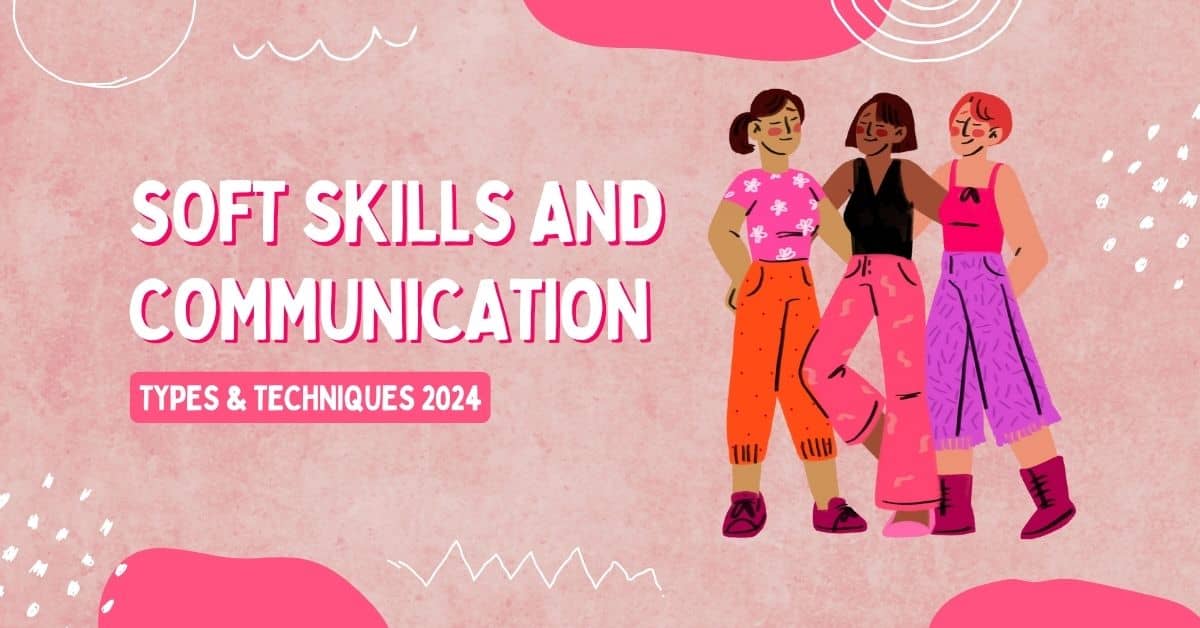Soft Skills and Communication: How Can You Improve Your Soft Skills and Communication Skills? Learn about interesting soft skills and communication techniques.
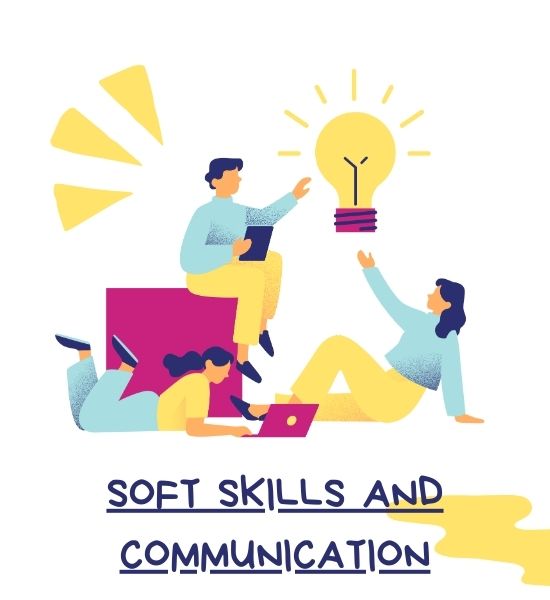
What are soft skills and communication?
Soft skills aren’t typically tied to jobs. They’re part of our personality and, therefore, highly transferable.
While they’re not as hard-wired as other skills, they’re still something you can learn and grow on your own, and any skills you possess that show you’re willing to work on them will be valued by employers.
Communication is a crucial soft skill that involves using spoken and written words to convey information and messages to others. By improving your soft skills and communication skills, you can build stronger relationships, convey your message clearly, and achieve your goals in the workplace.
What are soft skills and communication types?
Have a look at the detailed types and techniques of soft skills and communication.
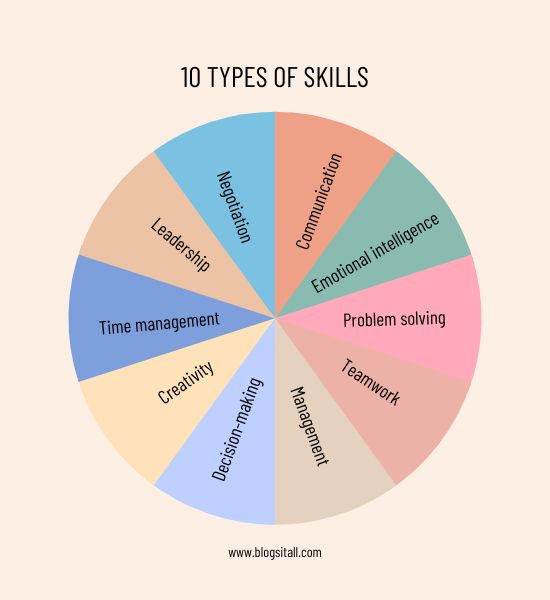
Types of Soft Skills: Soft Skills and Communication
1. Emotional Intelligence: Soft Skills and Communication
Emotional intelligence (EI) refers to a person’s ability to recognize, understand, manage, and express their own emotions, as well as to perceive and respond to the emotions of others in a constructive and empathetic manner.
2. Time Management
Time management is a skill that involves effectively organizing and prioritizing tasks, activities, and commitments to make the most efficient and productive use of available time.
3. Stress Management
Stress management skills are essential for maintaining physical and mental well-being in today’s fast-paced and demanding world. Effective stress management involves developing strategies to cope with and reduce the negative effects of stress.
4. Adaptability
Adaptability is a valuable skill that involves the ability to adjust, change, and thrive in new or challenging situations. It is the capacity to respond effectively to changing circumstances, environments, or demands.
5. Problem Solving
Problem-solving skills are essential for effectively addressing challenges, making decisions, and finding solutions to various problems. Strong problem-solving skills involve a combination of analytical thinking, creativity, and practical decision-making.
6. Leadership
Leadership skills are crucial for guiding and inspiring individuals or teams toward a common goal. Effective leaders possess a combination of qualities and abilities that enable them to influence and motivate others, make informed decisions, and create positive change.
7. Conflict Resolution
Conflict resolution refers to the process of addressing and resolving disagreements or conflicts between individuals or groups constructively. Effective conflict resolution skills can help foster positive relationships, improve communication, and create a harmonious and productive environment.

How Can You Learn Soft Skills? Soft Skills and Communication
Learning soft skills, also known as interpersonal or people skills, is important for personal and professional development. Soft skills encompass a wide range of abilities such as communication, teamwork, problem-solving, adaptability, leadership, empathy, and time management.
While some people may naturally possess certain soft skills, they can also be learned and improved upon through intentional effort and practice.
Here are some ways to learn and develop soft skills:
- Self Assessment
- Education and Training
- Practice and Application
- Observations
- Feedbacks
- Emotional Intelligence
- Networking
- Growth Opportunities
- Prioritize which Skill to Develop
- Communicate Often
There are also many online courses and resources available to help you learn and improve your soft skills. For example, LinkedIn Learning, or Digiskills, offers a wide range of soft skills courses from top industry leaders.
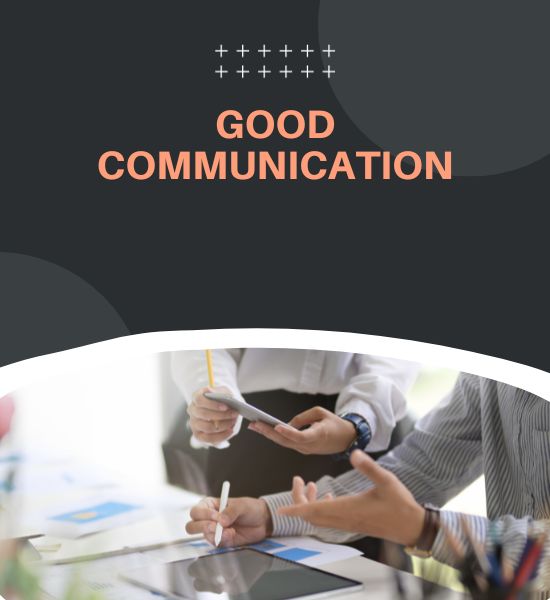
Types of Communication: Soft Skills and Communication
1. Verbal Communication
Verbal communication involves using spoken and written words to convey information and messages to others. The transmission of a message is a reciprocal process that takes place between the sender and the recipient.
It is a fundamental mode of communication used in various settings, including conversations, meetings, presentations, interviews, speeches, and written documents. If you want to get better at talking to people, here are some ideas to help you out.
- Speak clearly
- Listen Actively
- Be Concise
- Use an appreciative tone.
- Respectful
- Structured and Organized
2. Non-verbal Communication
Nonverbal communication refers to the transfer of information through body language, facial expressions, gestures, and other nonverbal cues.
It is an essential aspect of communication and can convey meaning and emotion beyond what is said verbally.
Non-verbal communication can complement or even override verbal communication, providing additional context and cues that help interpret messages accurately. Here are some types of nonverbal communication and how to understand them:
- Facial Expressions
- Body Language
- Eye Contact
- Vocal Tone and Volume
- Gestures
3. Visual Communication
Visual communication is the practice of using visual elements to convey a message, inspire change, or evoke an emotion.
It involves the strategic use of images, graphics, charts, diagrams, icons, colors, typography, and other visual components to communicate effectively.
It is an effective way to communicate complex information in a simple and easy-to-understand way. Here are some visual communication techniques that can help you improve your communication skills:
- Use images and icons: Use images and icons to convey your message in a simple and easy-to-understand way.
- Use colors and typography: Use colors and typography to create a visual hierarchy and draw attention to important information.
- Enhancing Understanding: Visuals can simplify complex information and make it easier for the audience to understand and process.
- Aiding in Storytelling: Visuals can enhance storytelling by adding a visual narrative to the message.
4. Writing Communication
Writing communication refers to the exchange of information, ideas, or messages through written means.
It is a fundamental form of communication used in various contexts, including business, academia, personal correspondence, and digital communication platforms.

Effective writing communication involves conveying messages clearly, concisely, and appropriately to ensure understanding and engagement.
Here are some key considerations for effective writing communication:
- Clarity: Clear writing ensures that the message is easily understood by the intended audience. Use simple and concise language, organize thoughts logically, and avoid jargon or unnecessary technical terms.
- Audience Awareness: Consider the audience when writing. Understand their knowledge, background, and communication preferences.
- Structure and Organization: Well-structured writing is easier to follow and comprehend. Use paragraphs, headings, and subheadings to organize information and create a logical flow.
- Grammar and Mechanics: Proper grammar, punctuation, and spelling are essential for effective writing communication.
- Tone and Style: Establish an appropriate tone and style that aligns with the purpose and context of the communication.
- Formatting and Visual Elements: Pay attention to formatting and visual elements to enhance readability.
- Proofread and edit: Proofread and edit your message to ensure that it is error-free and communicates your intended message.
5. Asynchronous Communication
Asynchronous communication is a type of communication that does not happen in real-time, meaning that there is a time lag between the sender and receiver of the message.
This form of communication is commonly used in various contexts, including remote work settings, online collaboration, and digital platforms.
Asynchronous communication can take many forms, including email, instant messaging, shared messaging boards, and internal wikis.
Here are some benefits of asynchronous communication:
- Flexibility
- Improve Productivity
- High-Quality Communication
- Thoughtful Response
- Global Collaboration
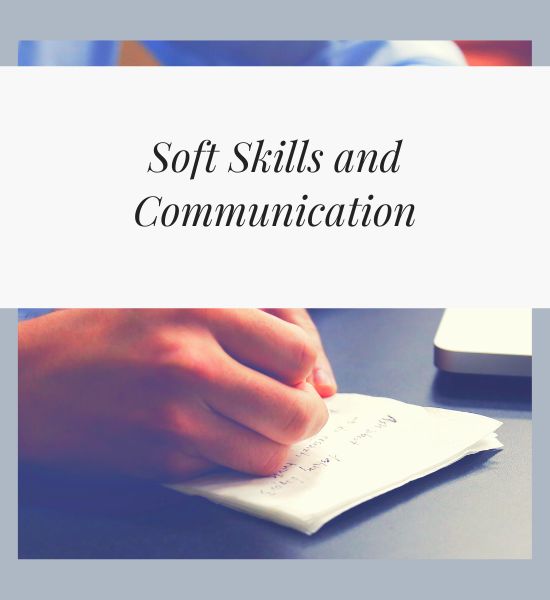
While asynchronous communication offers numerous benefits, it is essential to consider its limitations. It can lead to delayed responses, potential misinterpretation of messages without real-time clarification, and a lack of immediate feedback.
Therefore, it is crucial to establish clear communication norms, choose the appropriate channels, and ensure effective communication practices to maximize the advantages of asynchronous communication.
Soft Skills and Communication Training Techniques 2024: Soft Skills and Communication
Soft skills are essential for career progression and can be developed through various training techniques. Here are some soft skills training techniques that can help you improve your communication skills:
1. Online courses: There are many online courses available that can help you develop your soft skills.
2. In-person workshops and seminars: Soft skills workshops can help you gain a better understanding of key soft skills and how they can complement your existing skill set.
3. Coaching and Mentoring: One-on-one coaching or mentoring relationships can be highly effective for developing soft skills.
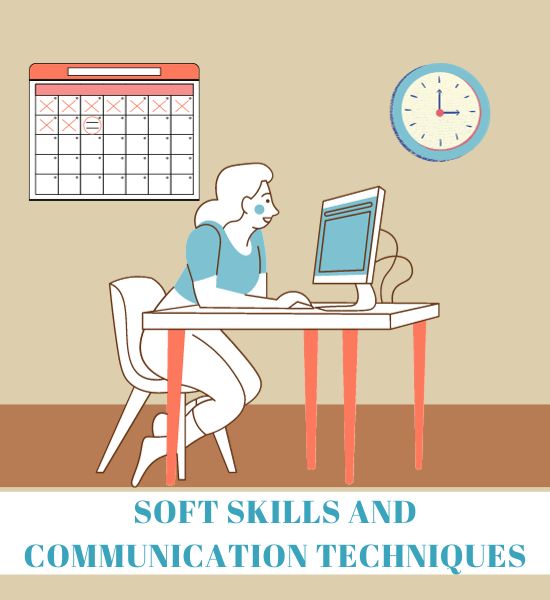
4. Team-Building Activities: Team-building activities can be designed to promote collaboration, communication, and problem-solving skills.
5. Feedback: Seek feedback from colleagues, supervisors, or mentors to identify areas for improvement and track your progress.
6. Practice: Practice is essential for developing soft skills. You can practice your communication skills by actively listening, expressing yourself clearly, and adapting your communication style to different situations and audiences.
READ-MORE: Soft Skills and Communication – Interesting Techniques 2024FAQ: Soft Skills and Communication
How can I learn soft skills?
Learning soft skills is a continuous process that involves self-awareness, practice, and feedback. Here are a few things you can do to strengthen and improve your soft skills:
- Self Assessment
- Goal Setting
- Learning Opportunities
- Practice
- Feedbacks
- Take Initiative
What are soft skills in the workplace?
Soft skills in the workplace refer to a set of personal attributes, behaviors, and qualities that enable individuals to interact effectively with others, perform their job responsibilities, and contribute to a positive work environment. Here are some soft skills that are suitable in the workplace:
- Communication
- Leadership
- Time Management
- Conflict and Negotiation
- Problem-Solving
- Team Building
Are soft skills and communication important in the workplace?
Yes, soft skills and communication are incredibly important in the workplace. Soft skills, including communication, play a vital role in fostering collaboration among team members. Soft skills, such as communication and emotional intelligence, are key attributes of effective leaders and managers.
This content is provided for information; contact us by email.
Follow us on Facebook and Pinterest.

